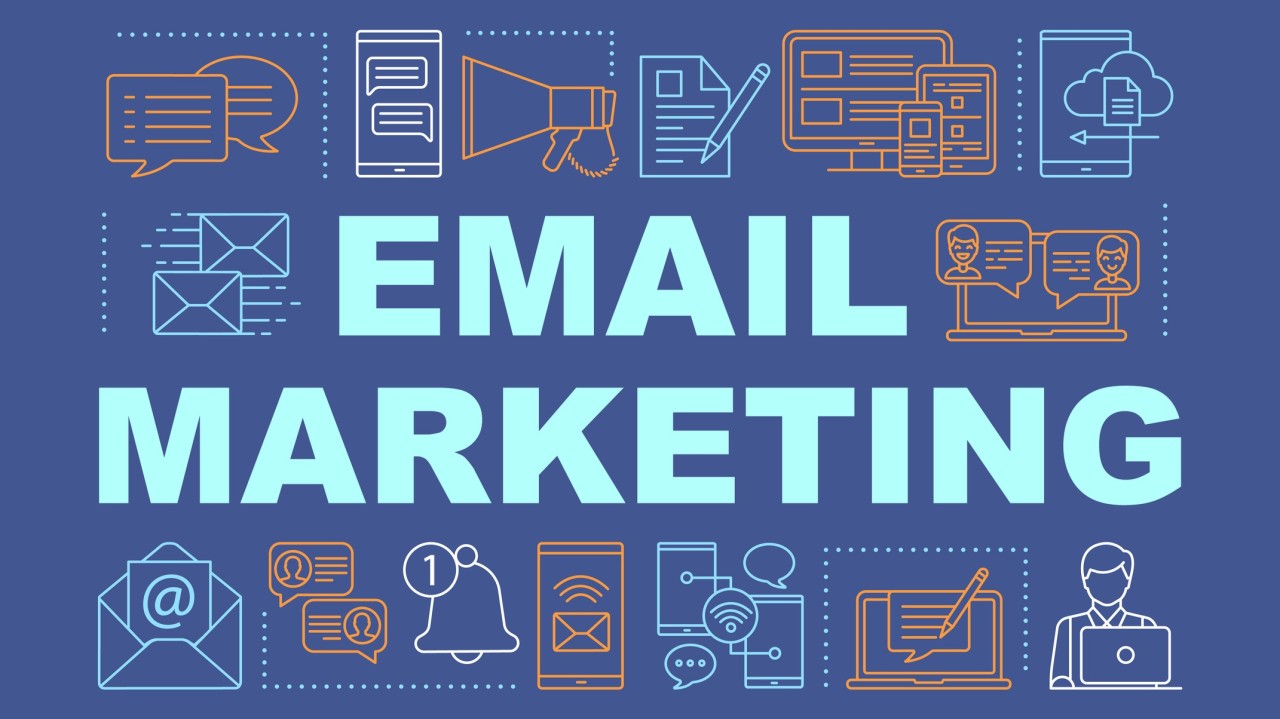Interactive elements like videos capture more attention than plain text or static images. They’ve consistently shown high ROI, making them a valuable part of most marketing strategies today. While embedding videos directly in emails presents technical limitations, there are practical, effective ways to work around them.
Why Videos Work in Email Marketing
Adding videos to your email campaigns can lead to higher engagement, better conversions, and stronger brand recall. Here’s why:
Higher engagement: Videos tend to increase open and click-through rates compared to standard email content.
Better conversion rates: A visual presentation of your product or service can drive more purchases or sign-ups.
Stronger brand messaging: Video content is easier to remember, helping reinforce key messages.
Improved storytelling: Videos allow for richer narratives and emotional connection with your audience.
Incorporating video brings together visual appeal and clear communication—making your emails more effective overall.
How to Add Videos to Emails
Due to technical limitations, most email clients don’t support direct video embedding. However, there are reliable workarounds:
1. Use Your ESP’s Video Embed Feature
Many email service providers (ESPs) now offer a built-in video block. For instance, in EmailOctopus, you can use the video embed tool in the email builder. Simply drag the block into your design and paste the video URL (from YouTube, Vimeo, etc.). This creates a clickable thumbnail that looks like a video player.
2. Add a Thumbnail with a Hyperlink
If your ESP doesn’t support video embedding, you can simulate the effect:
- Create a thumbnail image with a play icon using tools like Canva.
- Insert the image into your email.
- Link it to the hosted video on a platform like YouTube or your website.
Subscribers clicking the image will be redirected to watch the video externally.
Where to Use Video in Email Marketing
Product demos: Show how a product works and highlight its key features. This builds understanding and boosts buyer confidence.
Tutorials and how-to guides: Educate users on solving problems or using your product more effectively. This builds trust and positions your brand as helpful and knowledgeable.
Cross-promotion: Drive traffic to other content channels, such as YouTube or TikTok, by embedding relevant video links.
Best Practices for Using Video in Emails
Optimize for mobile: Ensure videos load quickly and display well on small screens.
Keep videos short: Aim to convey your main message within the first few seconds.
Test and track: Monitor how different videos perform using email analytics—track open rates, clicks, and conversions.
Include subtitles: Many users view emails with sound off. Subtitles make your content accessible and effective in silent viewing environments.
Conclusion
Videos are a powerful addition to any email marketing strategy. They can significantly boost engagement, improve conversions, and make your brand more memorable.
By following these tips and choosing the right method for video integration, you can unlock the full potential of video content in your email campaigns.




